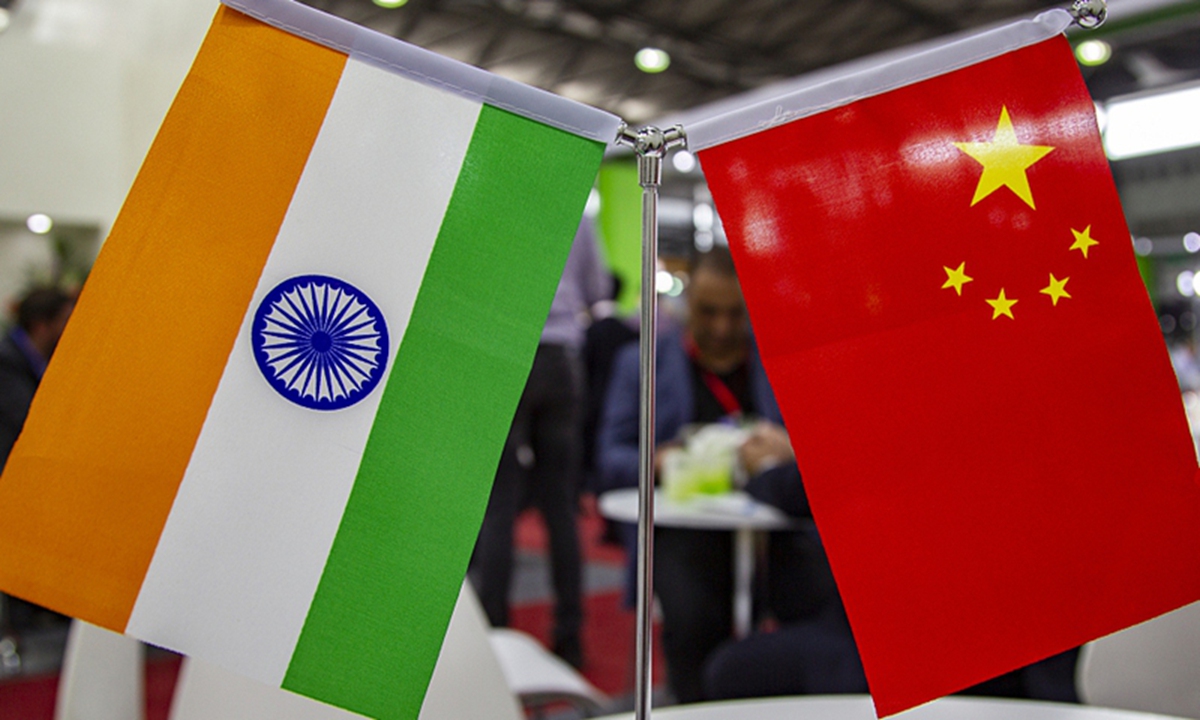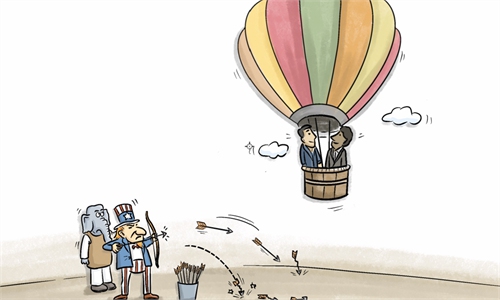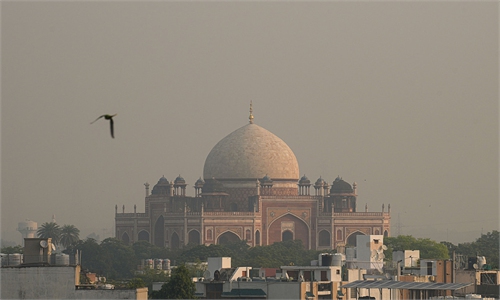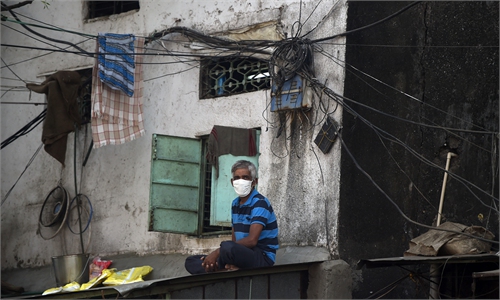COMMENTS / EXPERT ASSESSMENT
China-India trade likely to exceed $100 billion in 2021, so what does it tell?

China India File photo
The political relationship between China and India has been at a very low point since last year's border clash, and, the economies of the two Asian countries have also been through a roller coaster ride under the impact of the COVID-19 pandemic.In this context, the trade between the two countries reversed a sharp decline from the same period in 2020 in the first half of this year, growing by nearly 30 percent compared with 2019. It is expected that the annual trade volume will exceed the $100 billion mark for the first time. This was a goal jointly proposed by the two countries 11 years ago.
Following the border clash in 2020, the Indian media sparked a wild wave of opinion uproar calling for the "boycott Chinese goods". While there has been continuous so-called "decoupling" move from the Indian government and the "boycott" campaign by Indian activists, how can the bilateral trade volume keep surging? The reason is simple - it is not that easy as some people think for India to decouple from the Chinese economy.
For starters, if India wants to decouple from the Chinese economy, India must boost its own production capacity in a short period of time and guarantee to provide competitive prices, or find alternatives to replace Chinese suppliers in other parts of the world. But, India find it difficult to realize them.
Among India's 10 top importing categories of goods in 2019, China is the largest import source for four categories. Telecommunications equipment imported from China accounted for 41.39 percent of India's total imports, electronic components and devices imported from China account for 36.9 percent, organic chemicals, 25.2 percent, and, machinery and equipment, 30.7 percent.
Indian Prime Minister Narendra Modi has been promoting his "Make in India" agenda since he came to power in 2014. Many years have vanished, but the proportion of Indian manufacturing has not achieved meaningful progress today.
India's manufacturing industry accounts for only 13 percent of its GDP in 2020. Although the proportion of China's manufacturing industry has dropped by nearly 10 percentage points from its peak, it remains as high as 26 percent. China still has absolute advantages worldwide in the production of many manufactured goods, such as photovoltaic modules, raw materials, electronic components, power equipment, and a broad range of household appliances.
India knows that if it uses trade measures to sanction China, it will suffer more than China. Therefore, although New Delhi has increased additional scrutiny of Chinese investment since 2020, by banning Chinese-invested apps in the Indian market, it did not impose higher tariffs and non-tariff barriers on goods from China.
Secondly, India is deeply embedded in the international supply chain with China at its core. In three out of the past five years, India's exports to China were higher than imports. Even as China-India trade fell 5.6 percent due to the impact of the COVID-19 in 2020, India's exports to China still increased by 16 percent. The growth is mainly from the second half of 2020 and continues to the first half of 2021.
The reason is that with the large-scale recovery of China's production activities, a large number of manufacturing orders have flowed to China, driving China's raw material imports, including India demand for intermediate materials and raw materials such as iron ore, bituminous coal and cotton.
In addition, the pandemic has provided an opportunity for some Indian products to enter Chinese market. For instance, India has been pushing China to import more rice from its domestic producers, and China has over time granted more Indian rice manufacturers export qualifications to China, but the rice transactions between the two countries have not improved significantly.
Last year, because China's traditional rice importing source country was unable to guarantee the supply due to the pandemic, China increased its imports from India. The import volume increased from less than 800 tons in 2019 to 330,000 tons in 2020, and it is expected to exceed 1 million tons in 2021.
In addition, Indian pharmaceutical company Dr Reddy's Laboratories, has recently been approved to launch one of its oncological treatments in the Chinese market. This also shows that China has not delayed its commitment to open its market to India over the border conflict.
In the practice of international relations, it is common for politics and economics to be kept separate. For political issues related to homeland security and sovereignty, no politician will measure economic gains or losses, but when they face decisions about investment and consumption, they often make practical decisions. Although it has become more and more difficult to keep business as usual, economic laws are still showing their fundamental role in economic activities.
The author is an associate research fellow at the National Institute of International Strategy under the Chinese Academy of Social Sciences. bizopinion@globaltimes.com.cn



